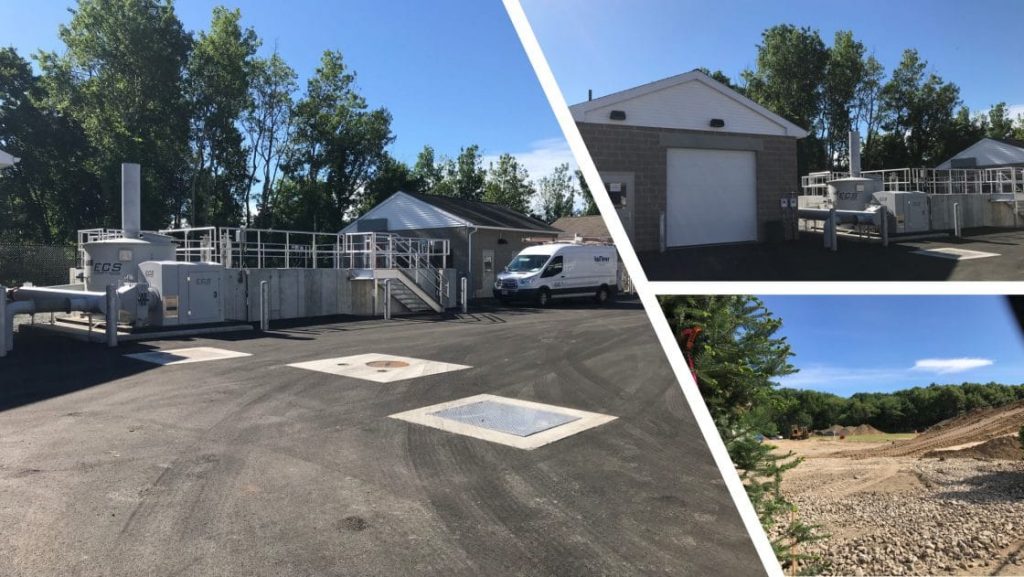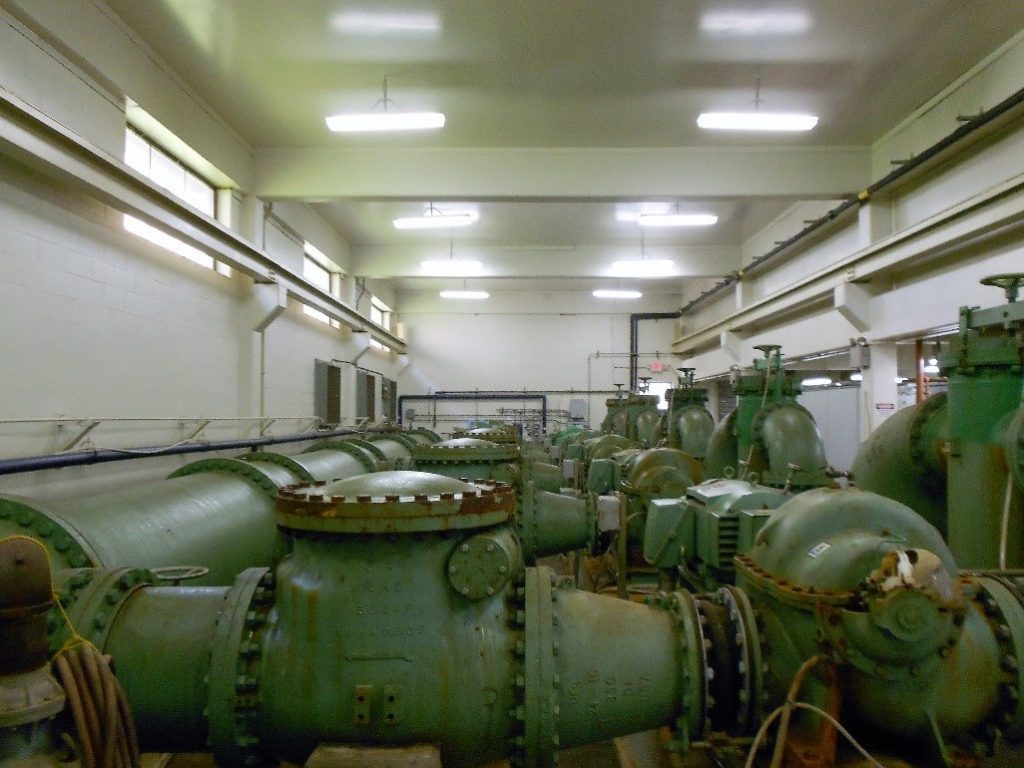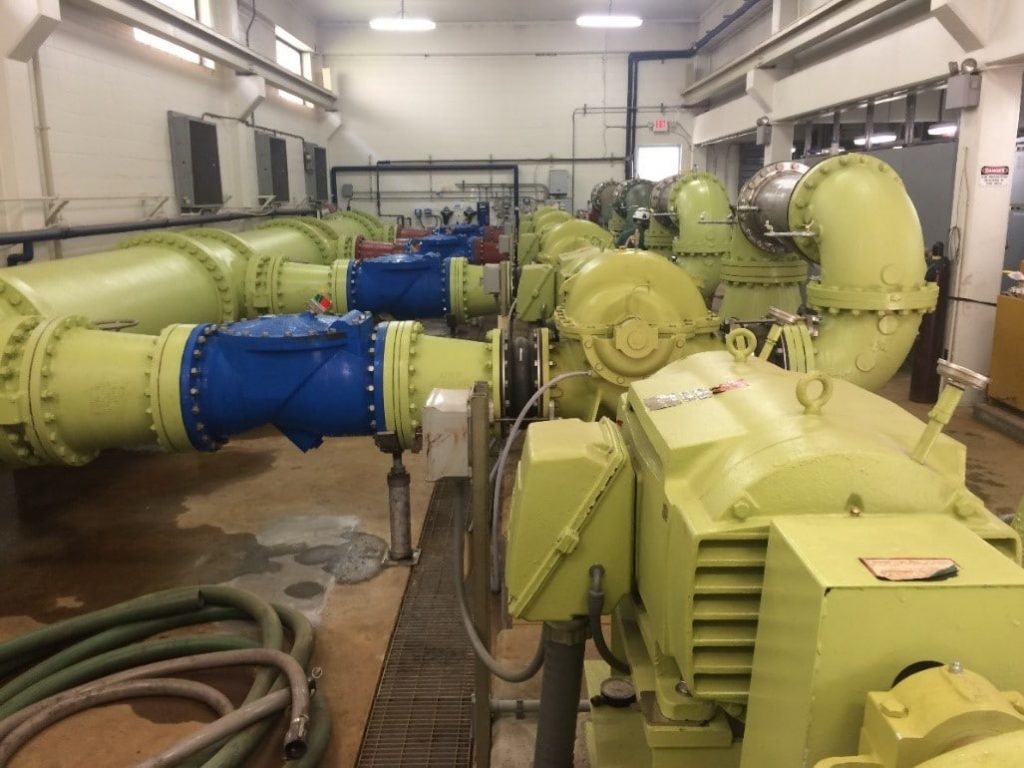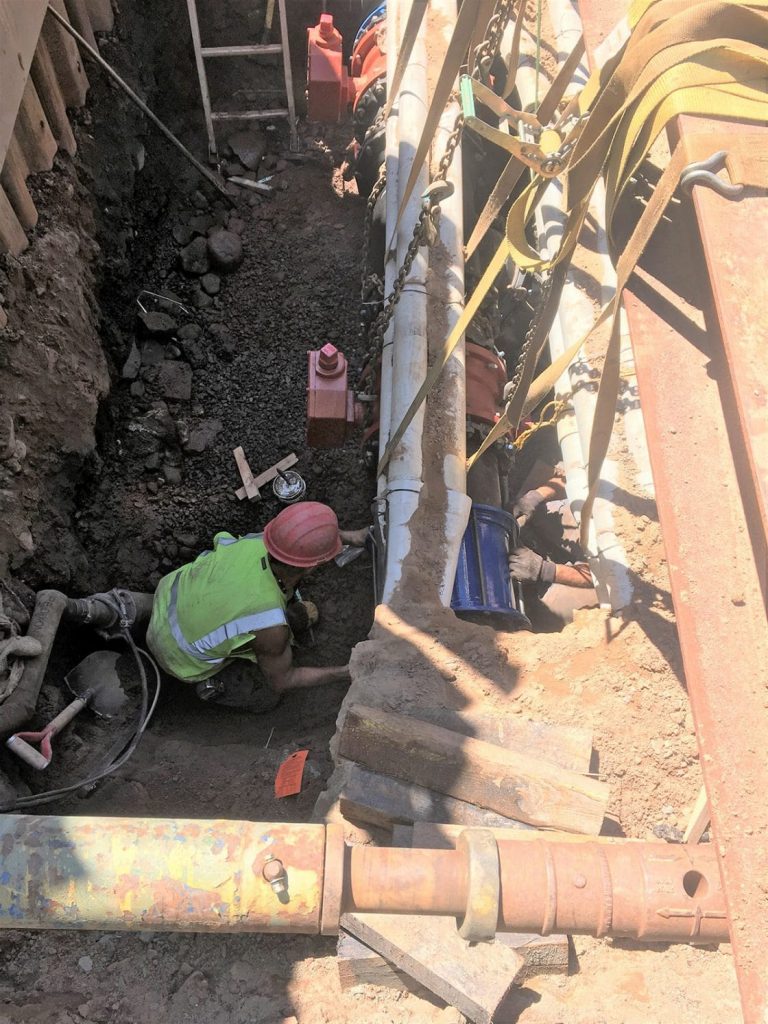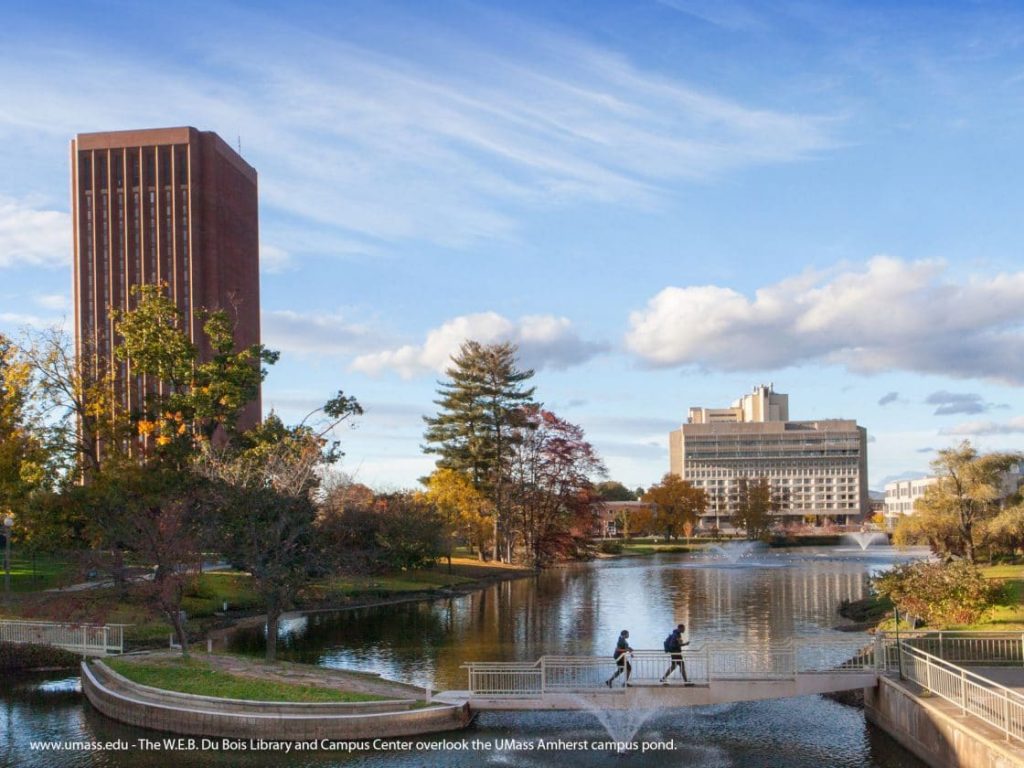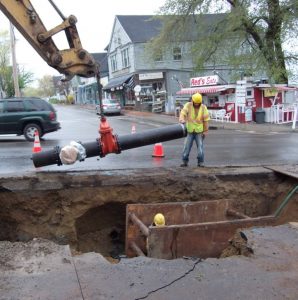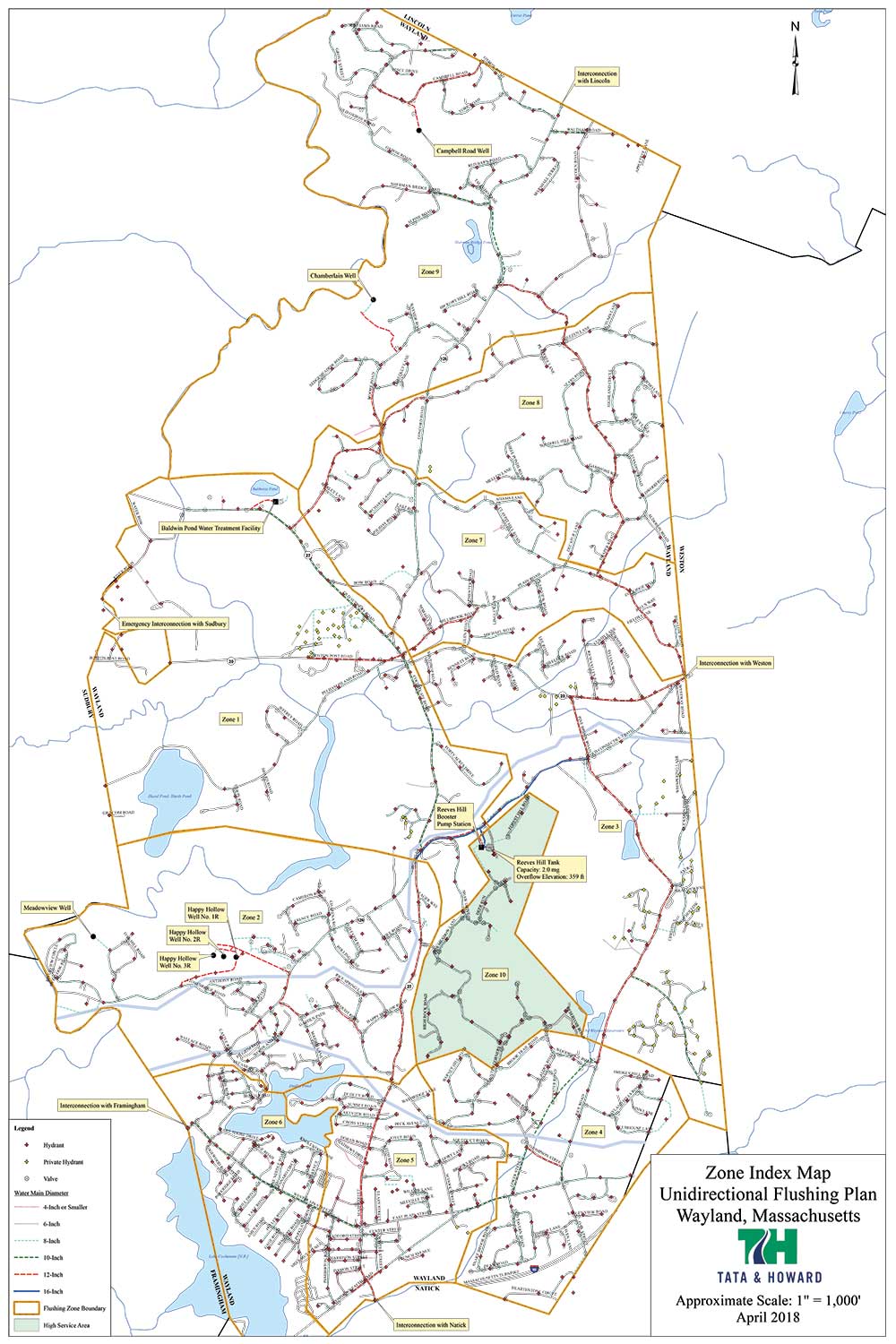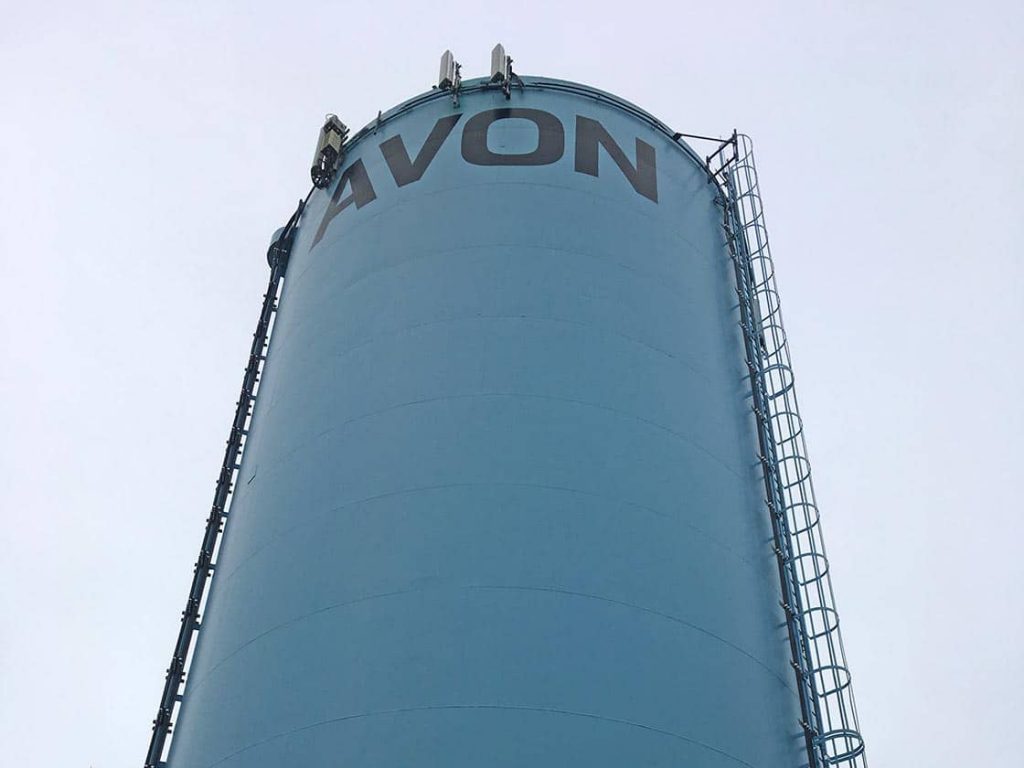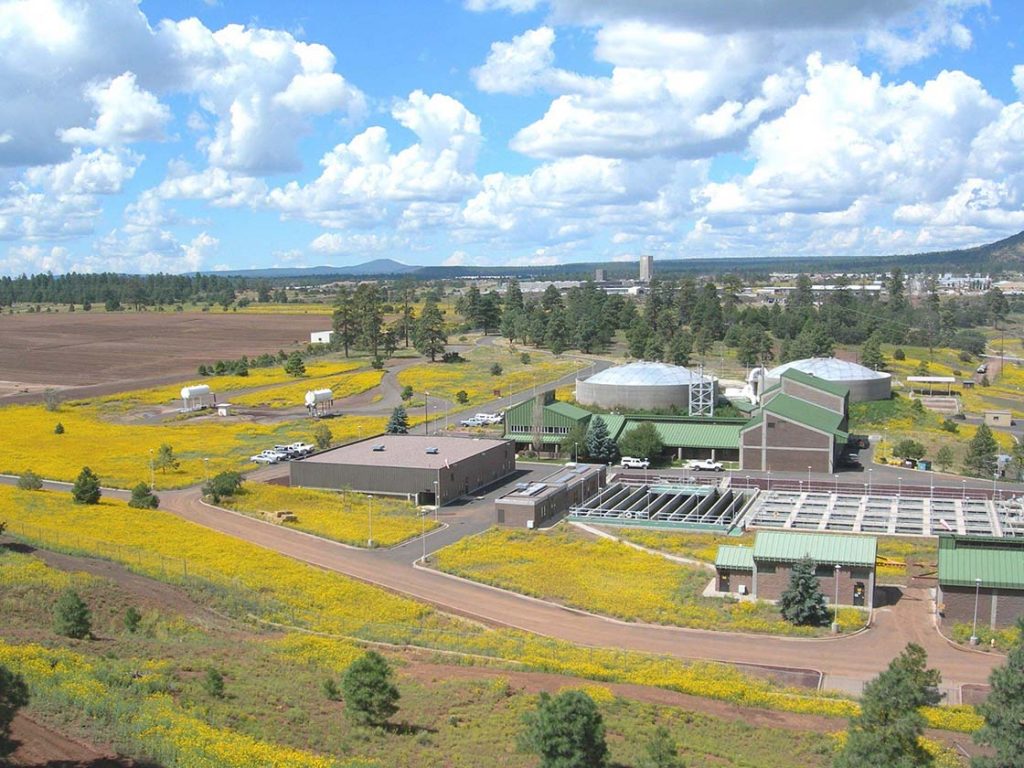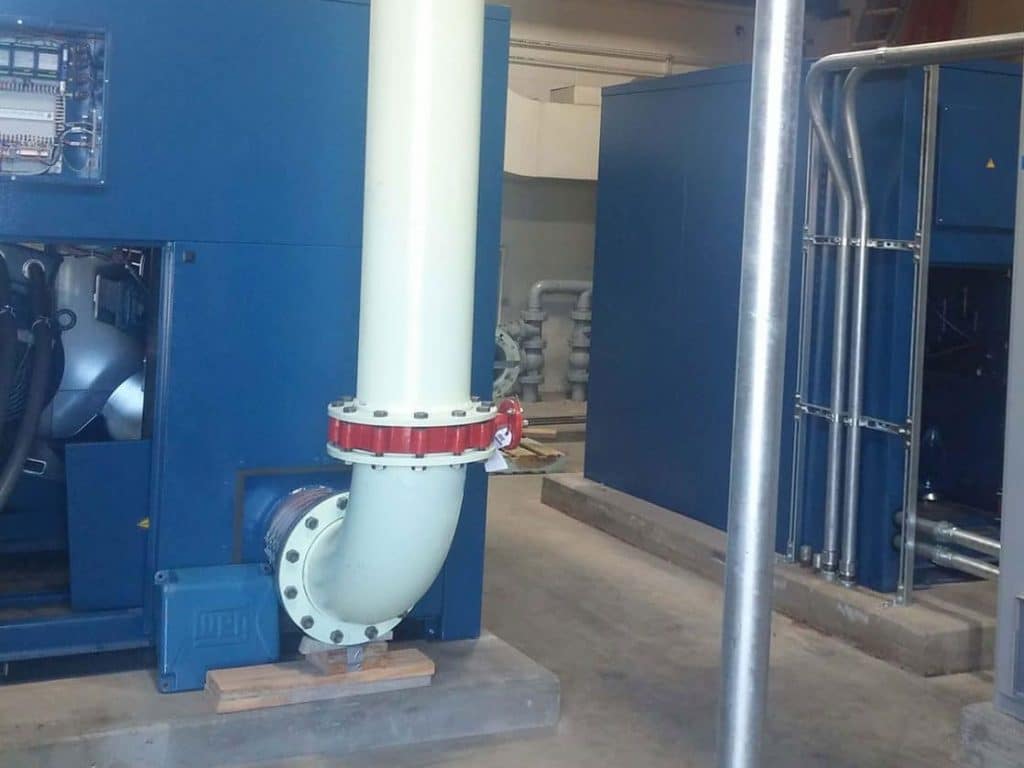Tata & Howard was contracted to provide design, construction administration and resident observation for the installation of 18,000 linear feet (approximately 3.5 miles) of 16-inch ductile iron water main in Falmouth, MA. Water main replacement will be in Main Street and Route 28. That is, from the intersection of West Main Street and Locust Street, to the intersection of Teaticket Highway and Oxbow Road

New water main will be replacing the town’s 10-inch cast iron water pipes that were originally installed in 1898. Falmouth’s 121-year-old water infrastructure has stood strong for more than a century; however, it has become clear that it’s nearing the end of its useful life and approaching the age at which it needs to be replaced. Evidence of this can be seen in the three water main breaks that have occurred since August of 2018. In addition, the original water main is hydraulically deficient and needs to be up-sized to meet the increasing demands in the system.

Construction began at the beginning of April and continued up until Memorial Day of this year. Construction was limited to off season times due to the heavy tourist months in Cape Cod. Project completion was in the spring of 2021.




